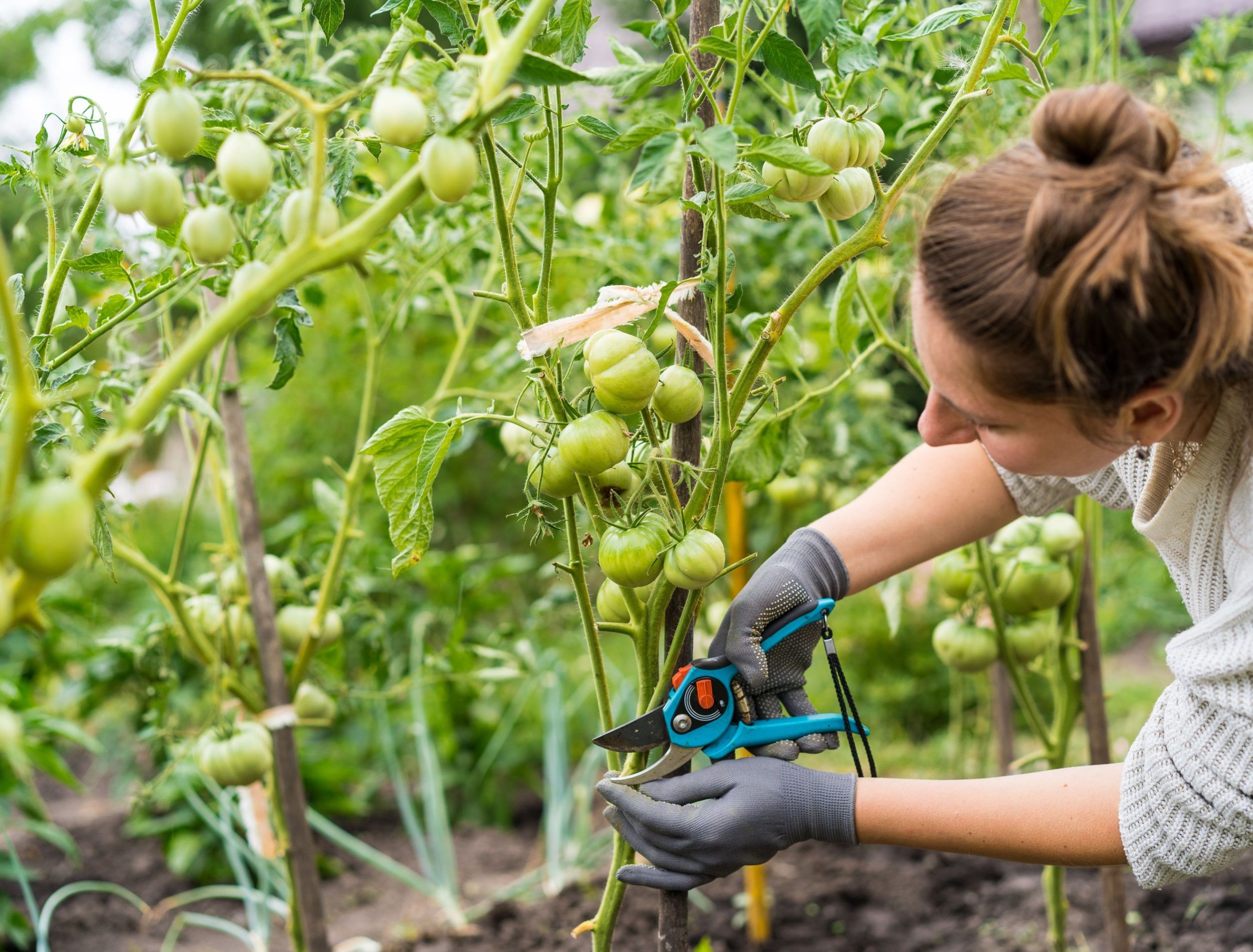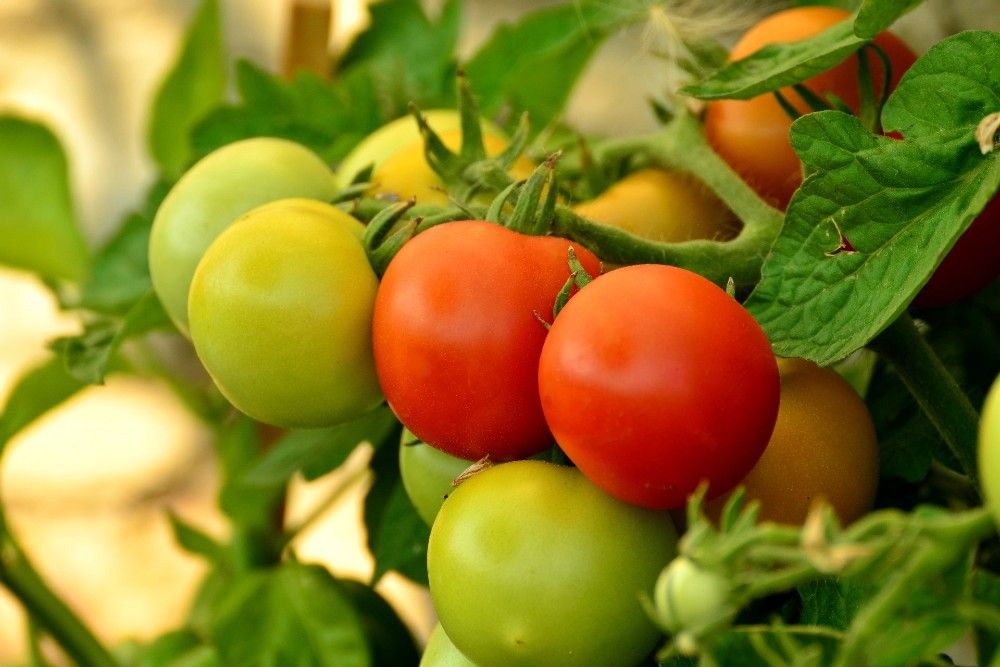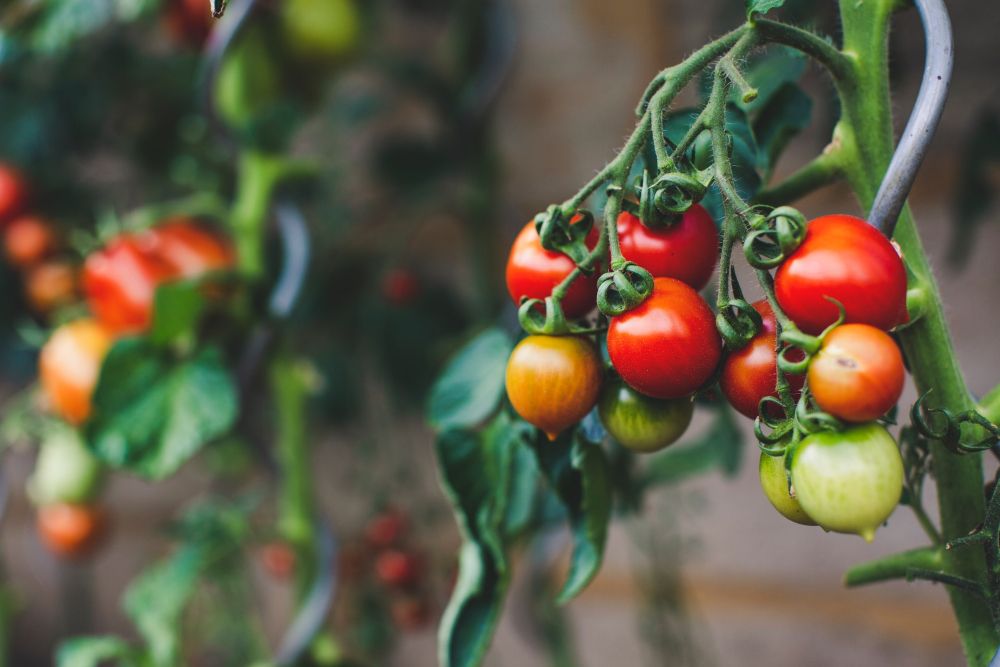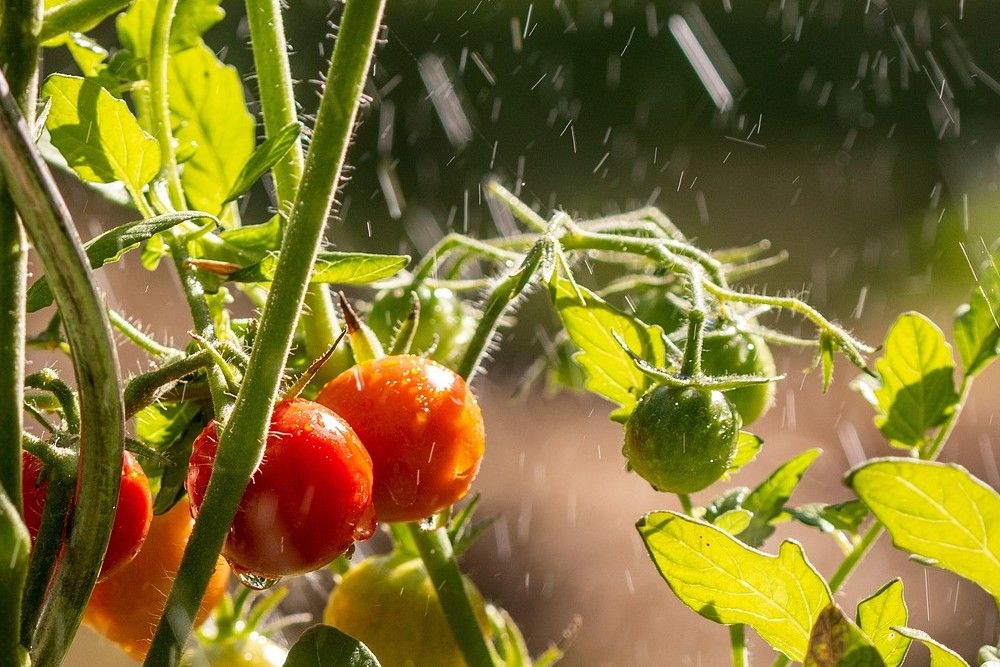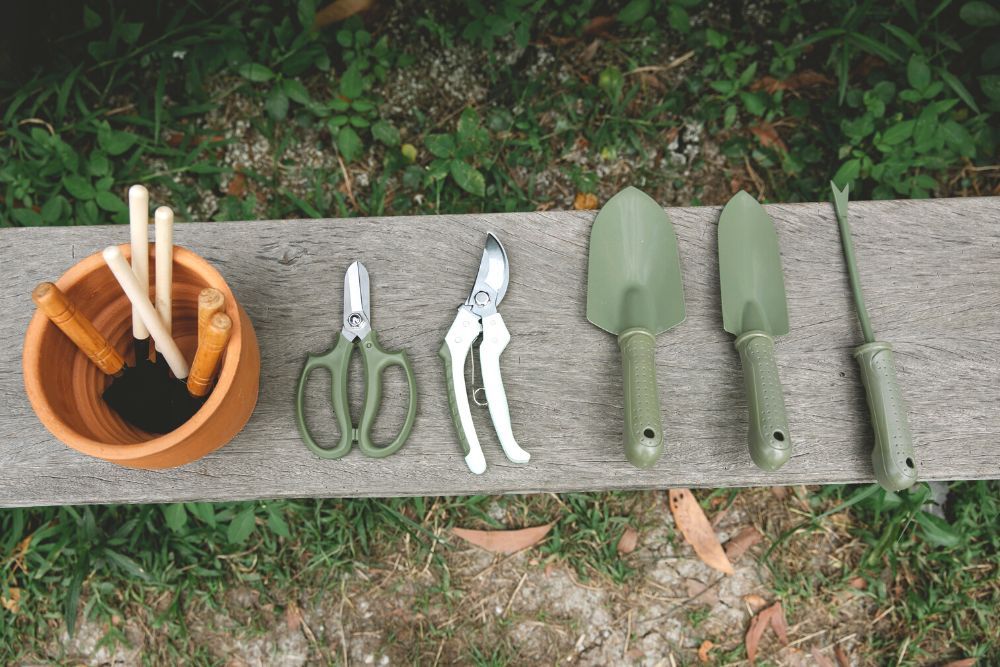Pruning is an important part of maintaining your plant. The correct technique, combined with the perfect timing, can work wonders for the prosperity of your crop and improves the chances of surviving and thriving.
Tomatoes, in particular, can benefit immensely from proper pruning. The pruned plants have a healthy yield with bigger, better-tasting fruits and are more equipped to fight diseases. So, if you are growing tomatoes in your home garden this year, take note of the tomato pruning mistakes you must avoid.
1. Similar Prune Practices for All Varieties
Image credits: congerdesign via Pixabay
Tomatoes are divided into two categories, known as determinate and indeterminate. Both these varieties have vastly different pruning requirements. You can harm your precious plants if you do not tailor your pruning methods according to the particular variety.
Determinate, or bush, tomatoes are compact types that grow about 4 feet tall and produce all their fruits at once. They require minimal pruning, including removal of branches growing below the first fruit clusters and diseased leaves. Vigorous trimming can reduce the potential tomato harvest since you may cut off fruiting stems.
Indeterminate, or vining, tomatoes can grow up to 20 feet tall and continue producing fruits until they die from disease or frost. Since they keep producing new shoots, they need regular pruning to ensure healthier and bigger fruits and a single, or utmost two, main stems. In general, prune them twice weekly throughout the growing season and remove damaged, decaying, or diseased leaves immediately.
2. Missing the Suckers
Image credits: v_zaitsev via Canva
Suckers are small shoots or leaves that can drain the plant’s energy and decrease the tomato's size and yield. They sprout at a 45-degree angle from the node where the main stem and leaf branch meet.
Removing the suckers as they appear throughout the growing season is best. Pinch off any suckers up to a few inches long and prune the bigger ones with clean shears. If left to grow unchecked, they can produce low-quality fruits at the expense of the health and quality of the tomatoes growing on the main stem.
3. Over Pruning
Pruning is great for the plant’s health. It encourages the plant to grow rich, ripe fruits, elevates the taste and ensures proper air circulation to help prevent mildew, pests, and fungal diseases. It also prevents the vigorously growing tomato plant from becoming too large and unmanageable.
However, over-pruning is one mistake when growing tomatoes you should avoid. Drastic pruning can remove the foliage required to shade the fruits from the scorching sun.
Therefore, do not prune the leaves directly above the fruit clusters, as they protect the tomatoes and stems from sunburn. Additionally, avoid removing the leaves directly below the fruits, as they provide sugars to the tomatoes for an enhanced taste.
Moreover, identify the main stem early, so you do not accidentally cut it. Otherwise, the plant will not grow up vertically but will produce leaves and fruiting branches below the break. The main stem is the one that produces an offshoot or growth leader that is always the first to flower. Suckers produce flowers after blooms have already appeared on the main stem.
4. Skipping Topping Off
Image credits: zlikovec via Canva
Near the end of the tomato growing season, before the first frost date, you do not want your plant growing any more shoots. New growth at this point will take away the energy required to produce and ripen fruits. Additionally, tomato production is less likely on these new stems because the frost can kill the plant.
So, remove any new shoots periodically to keep your plant healthy and energetic.
You can also maintain the desired height, ideally 4 to 5 feet, by pinching out any new growing tips from the top. In about a week, the plant will stop growing new tips and focus on producing more fruits and shoots on the existing stem. However, allow two sets of leaves to remain above the fruits and stem to protect them from sun damage.
5. Pruning at the Wrong Time
Image credits: 14959021 via Pixabay
Apart from the pruning frequency, you should also pay attention to the time of the day.
The best time to prune the foliage is morning or early evening. Pruning in the middle of the day can cause unnecessary stress to your plant. Moreover, it is best to trim when the plants are dry. Do not prune when it is raining, or the plant is wet, as it increases the probability of disease.
6. Not Pruning Dying Leaves
Image credits: Galina Sharapova via Canva
Trimming away any dead, burnt, or diseased leaves you come across is imperative. Keeping them on the stem will deplete your plant’s energy as it tries to revive the dying foliage. All the plant’s efforts should focus on growing healthier fruits. Moreover, diseased leaves can cause the spread of the ailment, affecting the overall health of the plant in the long run.
Removing any leaves or stems in contact with the moist soil is also best. If left untrimmed, they can pick up a disease from the soil, get attacked by pests or develop rot.
7. Using Dull or Dirty Tools
Image credits: Gary Barnes via Pexels
Using dull or dirty pruning shear is probably the worst thing you can do for your tomato plant. Dull shears not only make pruning difficult but also harms the plant. It crushes the stems instead of making a clean cut. Dirty tools can lead to the spread of disease from plant to plant.
Sharp your shears before every pruning session to keep them in top shape, and clean them with bleach or vinegar before and after using them.
Practice Perfect Pruning
Pruning is incredibly advantageous for tomato plants, especially the indeterminate varieties. It maintains the plants' appearance, keeps diseases at bay, and helps the production of ripe, juicy tomatoes. Simple pruning mistakes can lead to a substandard yield or a diseased plant.
Which of these mistakes were new to you? Share below in the comments!

